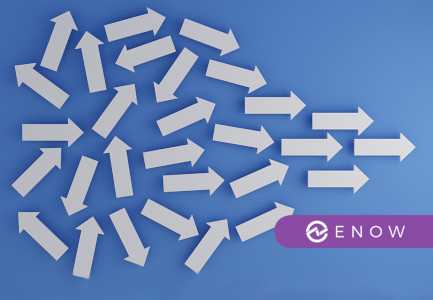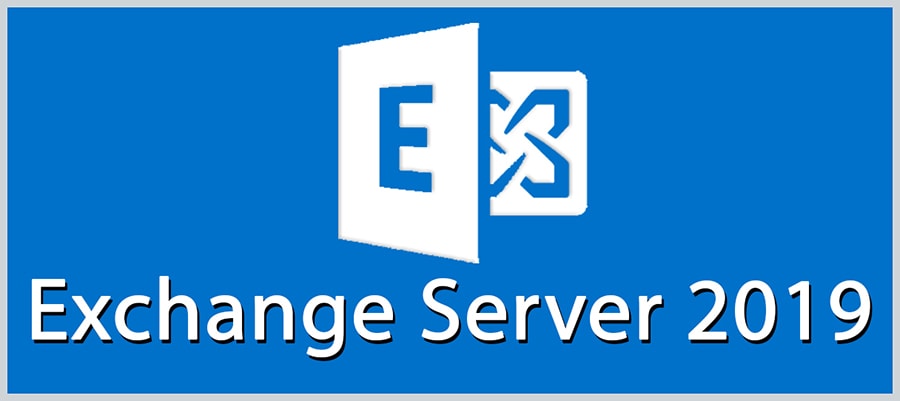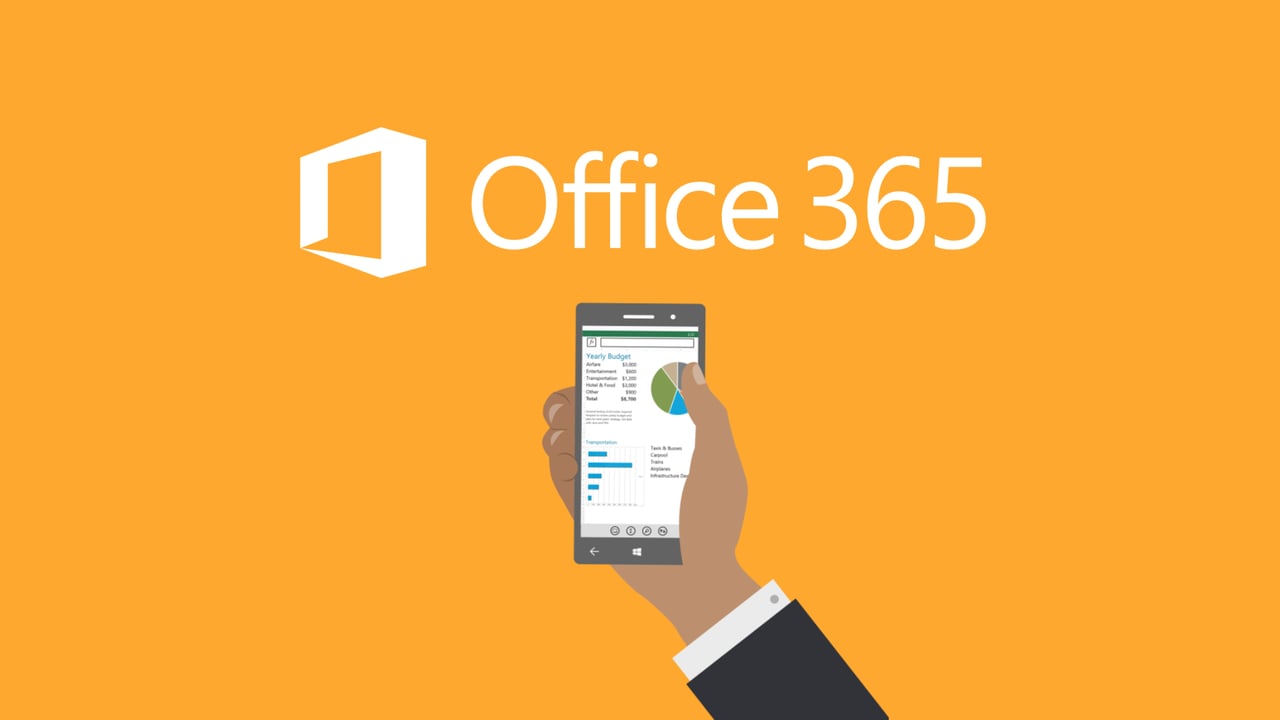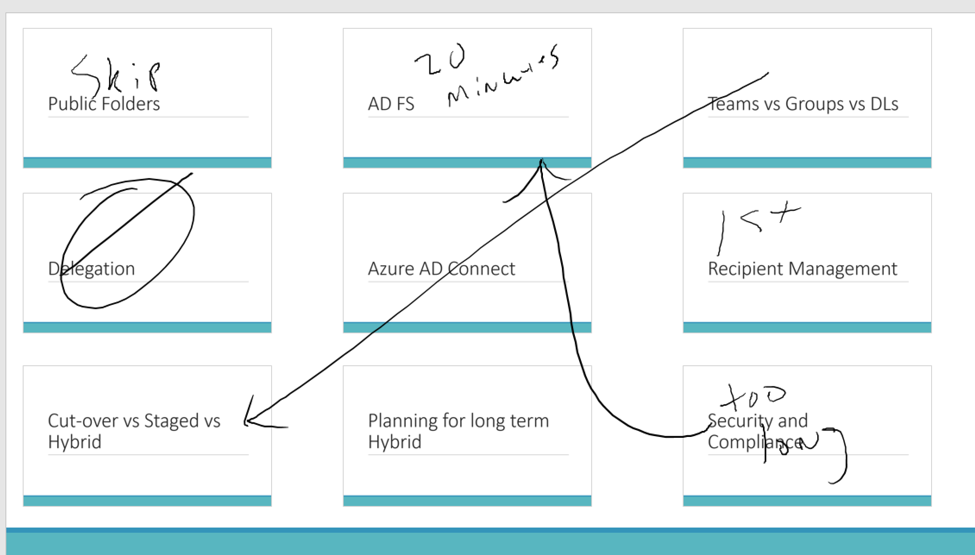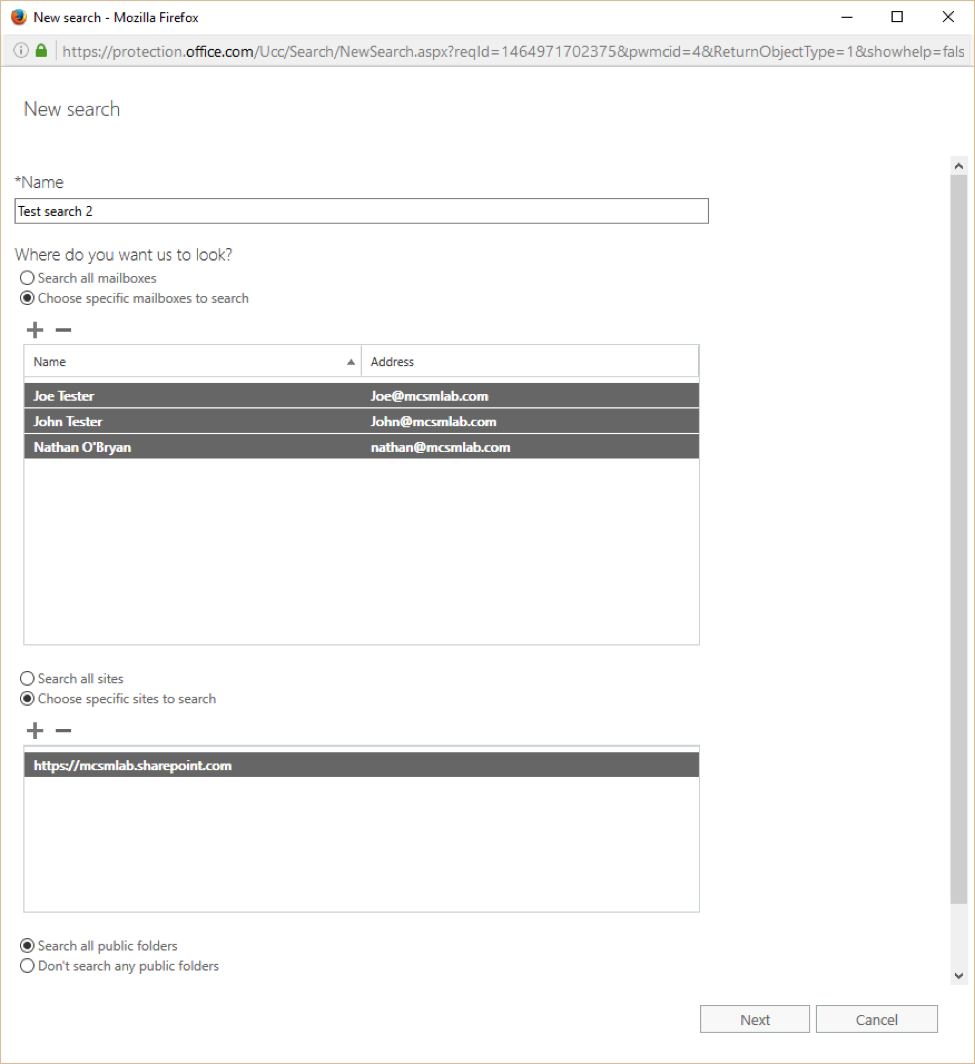Microsoft Defender Vulnerability Management
The value proposition for the services in the EM+S E5 suite does not seem like it has been convincing to customers for a while now. Over the last year or so, Microsoft has been putting a lot of work into the Defender services to improve that value proposition, and to provide a better technical security solution for Microsoft 365 customers.

